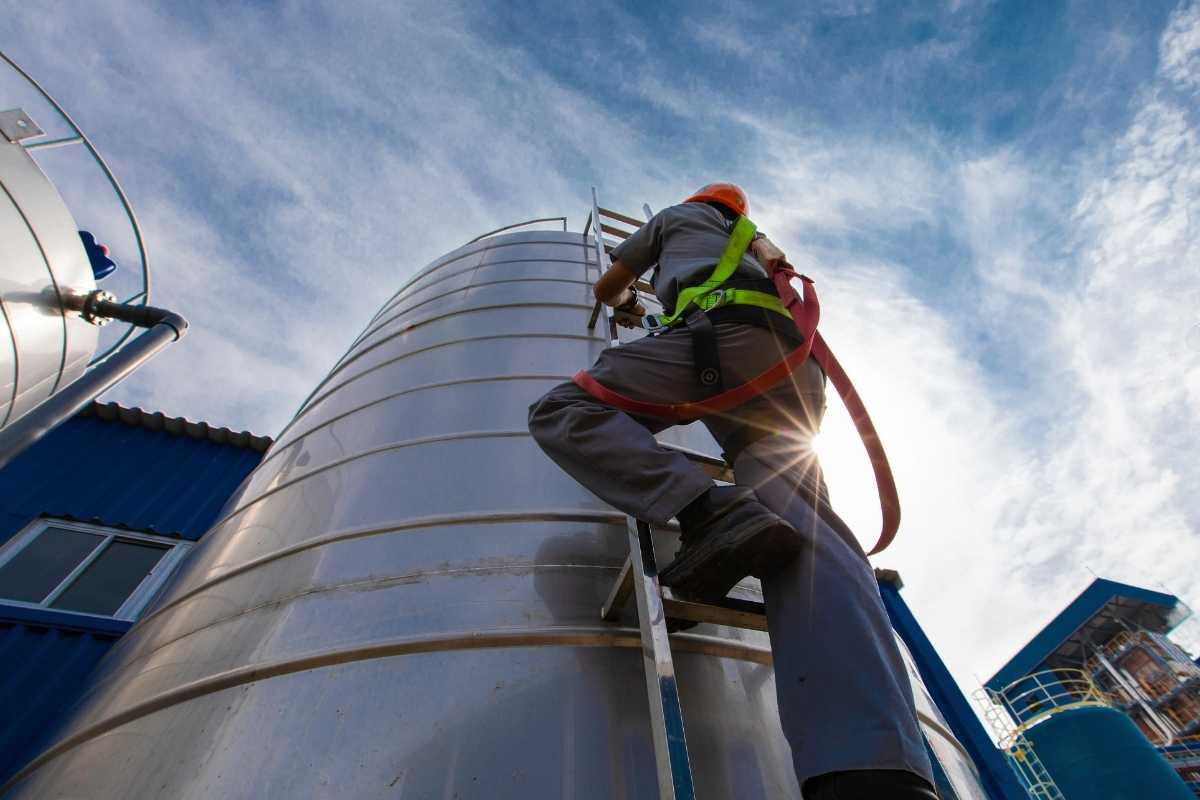A 2013 Safe Work Australia report indicates that approximately 30 workers are killed and over 7,700 injured each year as a result of falls in the workplace. It is also the leading cause of death in the construction industry. Why?
People don’t go to work expecting to die or be catastrophically injured and as a consequence lose their financial security, their independence, their relationships or their sense of purpose. Maybe this is part of the problem…if you don’t expect something to occur why would you plan to prevent it!
Existing Health and Safety legislation provides a lot of guidance on providing for a safe workplace and the moral and legal obligations to do so. But are we missing something? Yes, the WHS/OHS talks about the workers responsibility to keep themselves safe and that their actions or omissions should not harm the health and safety of others, but are we truly embracing the “safe person” concept embraced by fire services.
Will a mindset shift arrest the appalling injury and death rate by making workers fully accountable and responsible for their actions? Can we develop a system that means that workers refuse to work in unsafe situations and employers are fully aware of their obligations and how to control hazards in the workplace? If we did would the prosecution of a company for a worker falling 6 meters while working on an industrial shed roof with no safety system or edge protection have occurred? Would the company be facing a $3 million fine and each of the two company directors be facing fines of up to $600,000? I think not.
I guarantee that the safety measures to ensure the safety of the worker in the above situation would have been a better investment!
Firefighters work in an inherently unsafe working environment and have therefore developed the safe person concept which emphasises safe working equipment, safe systems of work and competent personnel to ensure that individuals who perform work are as safe as is reasonably practicable.
The two aspects of the safe person concept are organisational responsibility and individual responsibility. The organisational responsibility are summarised as follows:
- Workers recruited must be capable of developing the job skills to meet the work demands
- Training must be based on knowledge about hazards and delivered in a planned, systematic and continuous manner
- Information must be be provided about the risks and control measures associated with hazards to be faced
- Workers provided with equipment that is suitable for the purposes for which it is intended
- Organisations adopt safe systems of work to ensure operational work activities are undertaken safely
- Workers to receive clear instruction relating to operation of equipment and safe systems of work
- Workers must be supported with competent supervision
- Workers must be provided with appropriate PPE that meets standard specifications
The individual workers responsibilities are summarised as follows:
- Trained and competent to perform assigned tasks
- Be and effective member of the team
- Exercise self-discipline to be able to work within accepted systems of work
- Adaptable to be able to deal with changing circumstances
- To be vigilant to their own safety and that of other workers
- Be able to recognise their abilities and limitations to perform assigned tasks
Contemporary theory and research point to failures leading to accidents being caused by a combination of factors such as human error, inadequate design, poor maintenance, poor working practice, inadequate training , poor supervision and excessive working hours and critically organisational and management culture.
The law does not require a risk-free work environment where accidents never happen, but instead require employers to take steps that are practicable to provide and maintain a safe work environment. The lesson from recent research is that a combination of “safe place” and “safe person” provides a better outcomes than either “safe place” or “safe person” alone.
It must be clearly understood that all workers have the authority, as well as duty, to take immediate action in the interest of safety. This is a fundamental part of the safe person concept.
The safe person concept also relies on a number of personal attributes, together with the right support from others, allowing for flexibility in response to unforeseen or changing circumstances. In the end decisions will be made on underpinning knowledge, skill and experiences applied in the precise circumstances faced.
How safe are you and your workers?
If you would like to know more or would like our assistance in the areas mentioned check us out at www.intrinsicsafety.com.au. Alternately, call us on 1300 990 336 or email us at [email protected]

Brendan Day
Chief Executive Officer
Brendan Day, based in Sydney, is a WHS and Emergency Management expert with a rich background in emergency services, including significant experience as a military firefighter, emergency responder, and emergency response manager. His career spans across both public and private sector roles, where he has developed and implemented comprehensive WHS management and Emergency Management systems. As the CEO and Principle Trainer at Intrinsic Safety, Brendan combines his military discipline with modern safety practices, offering advanced training in workplace health, fire safety, confined spaces, height safety and first aid. His qualifications, including a Diploma of Work Health and Safety, reflect his commitment to safety excellence and continuous improvement in emergency response management and safety practices.


